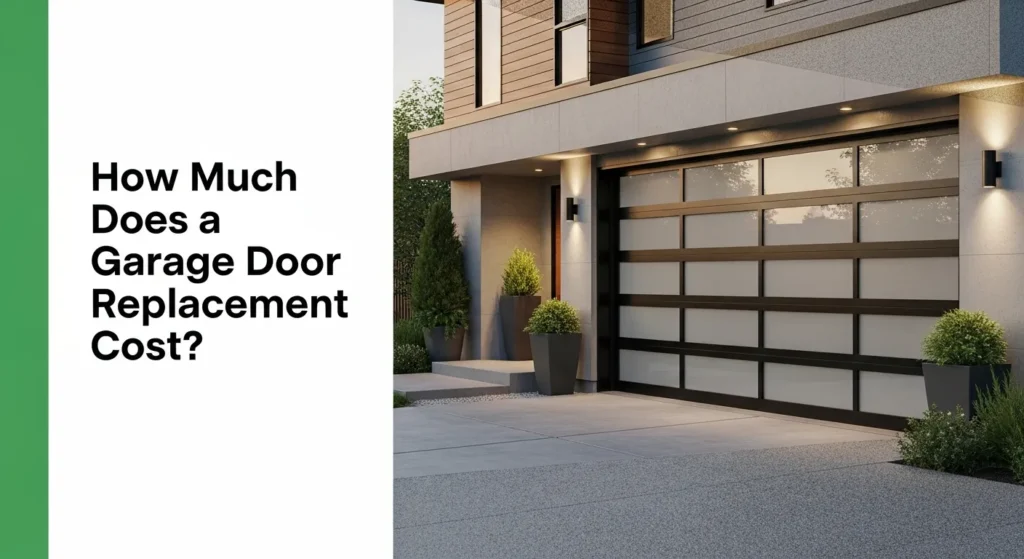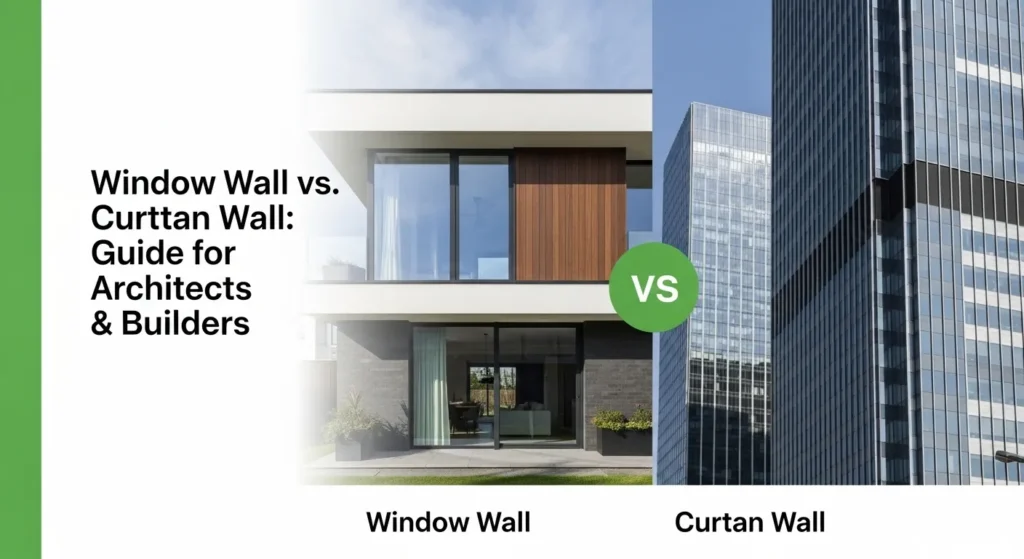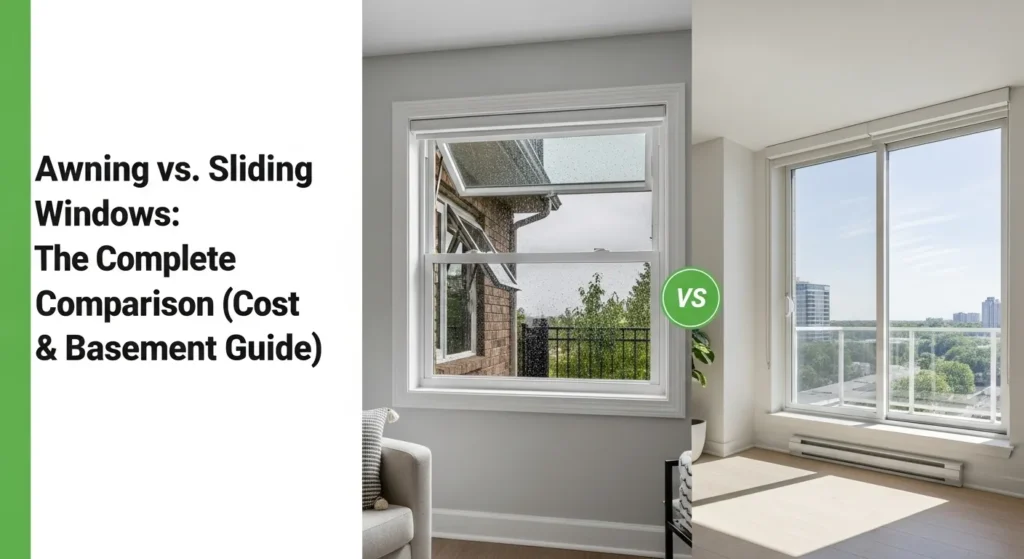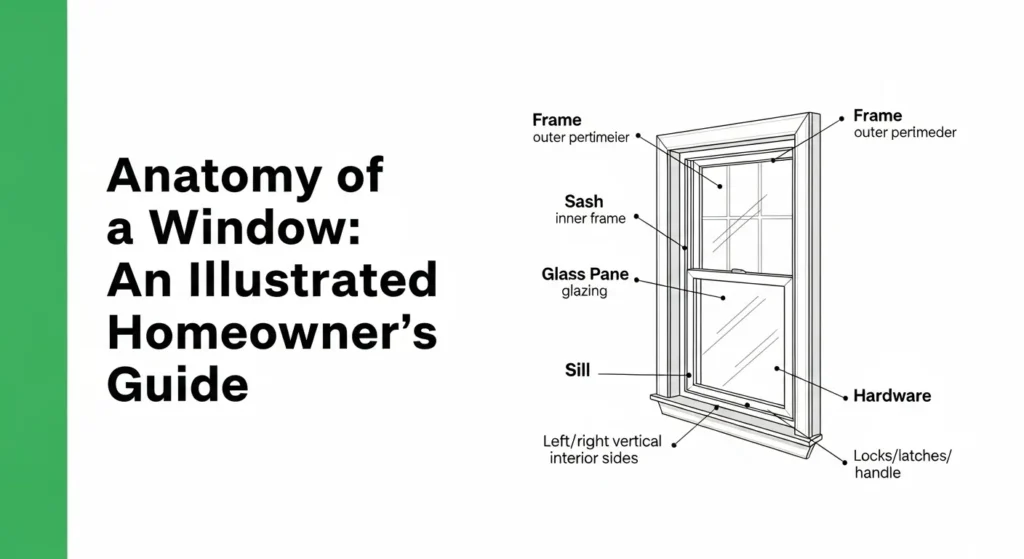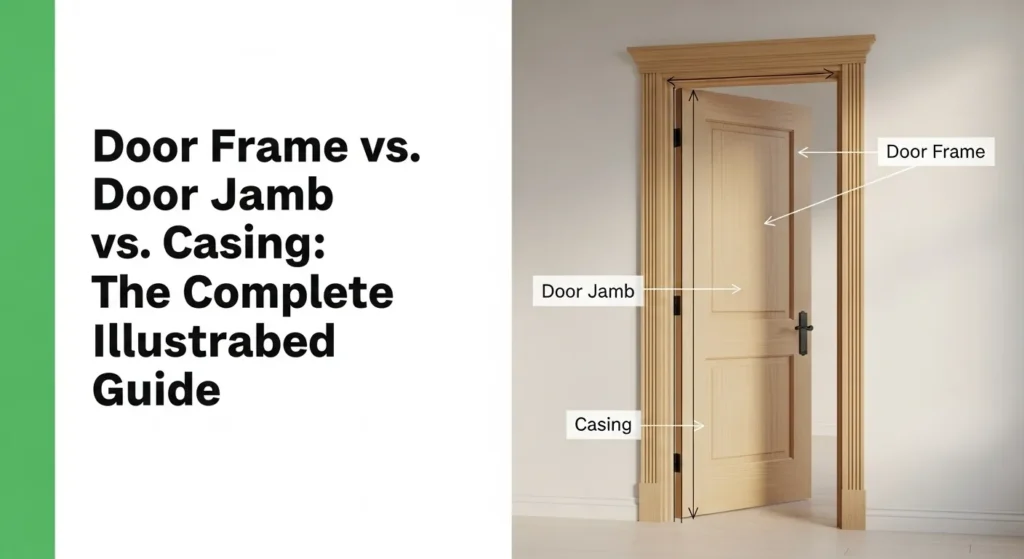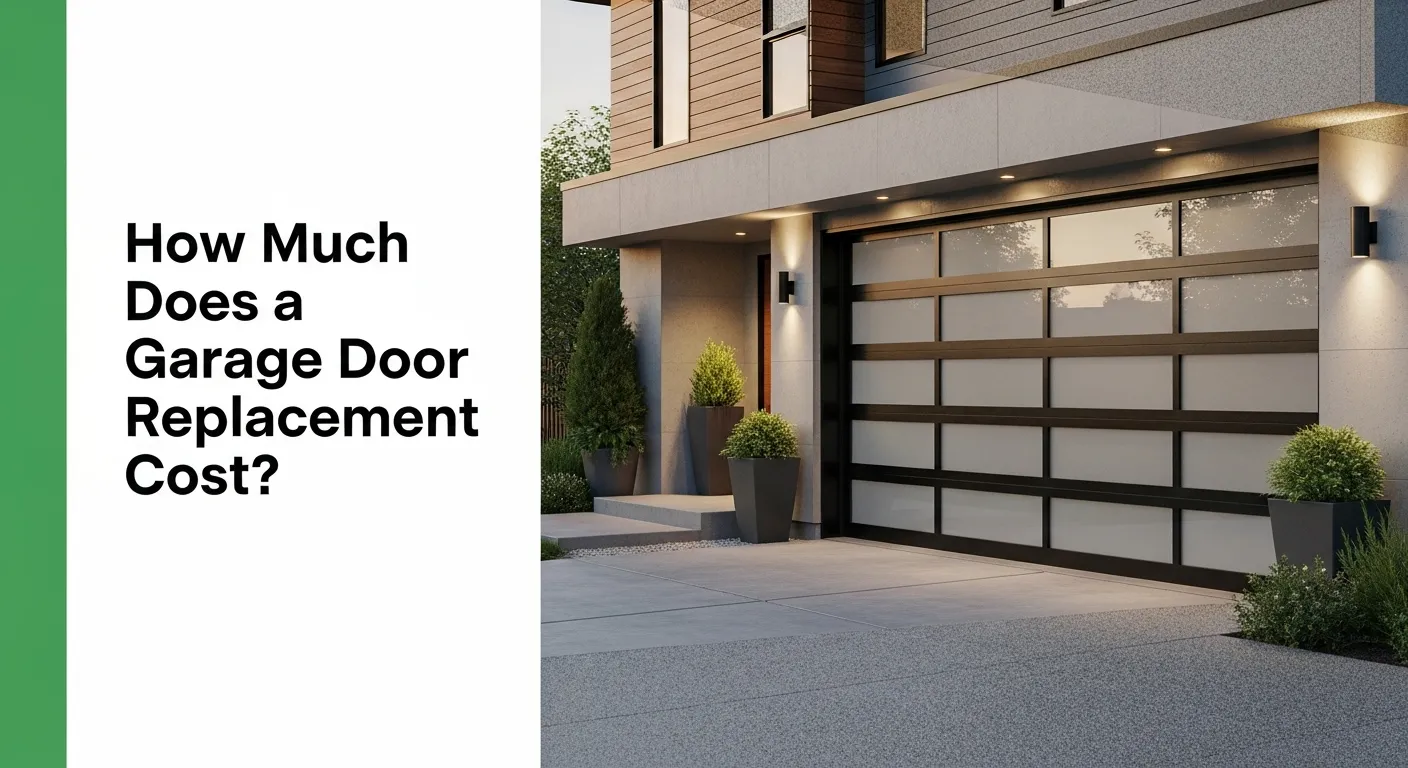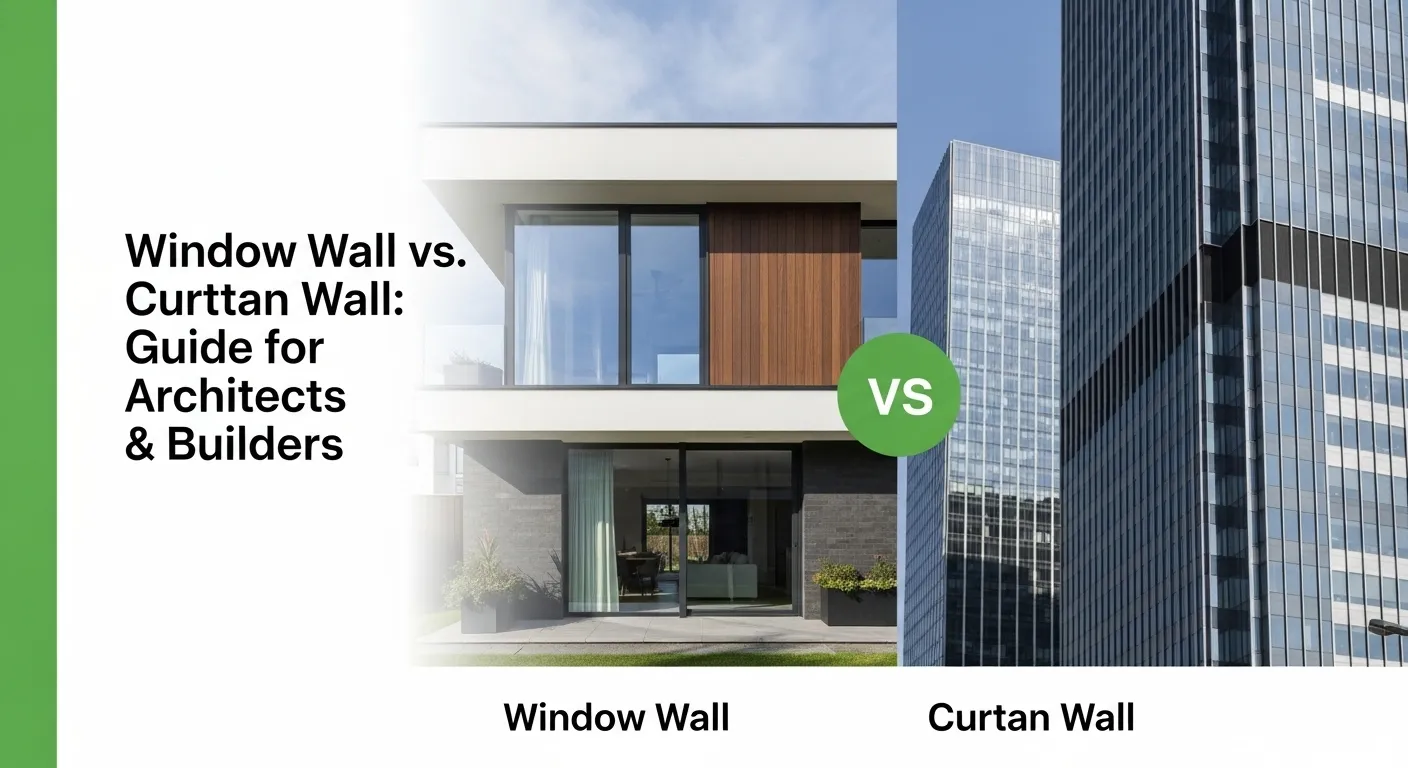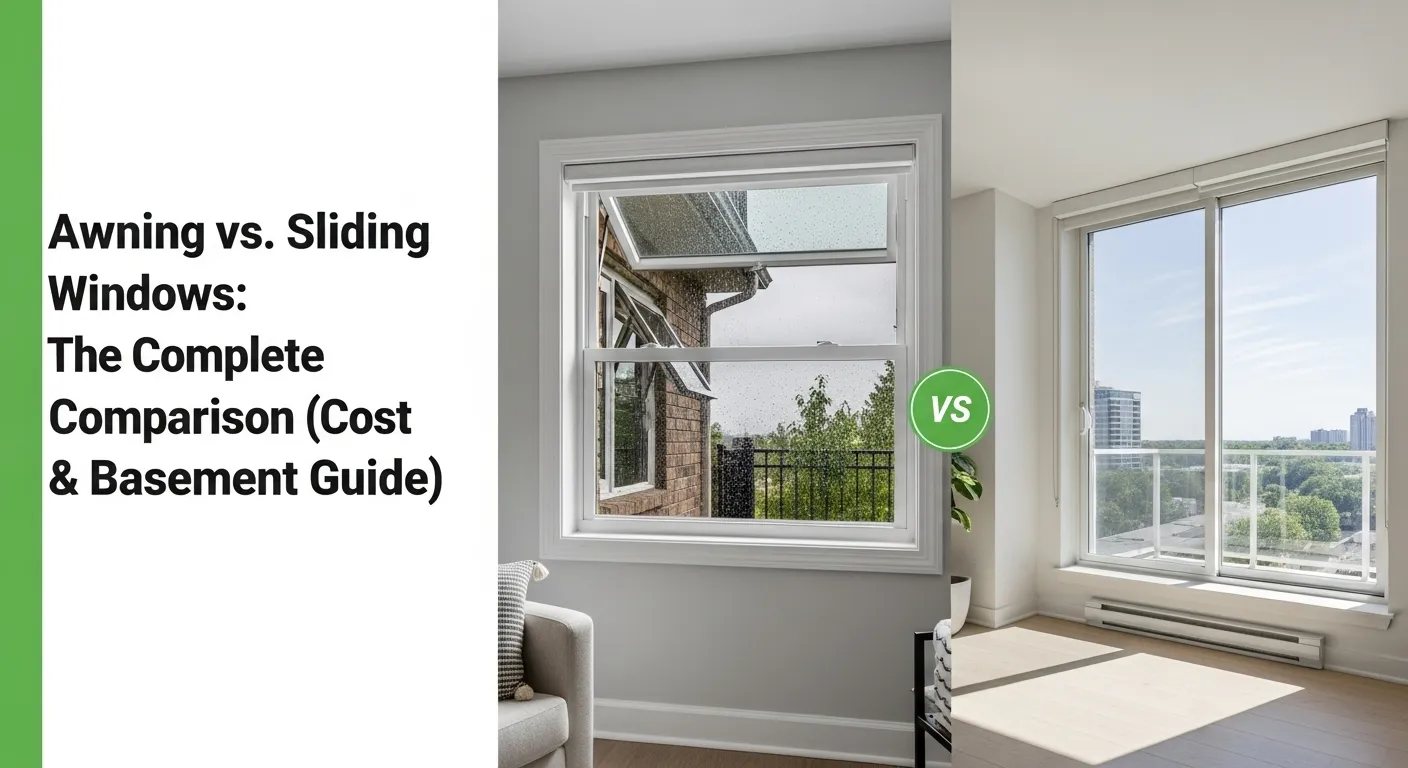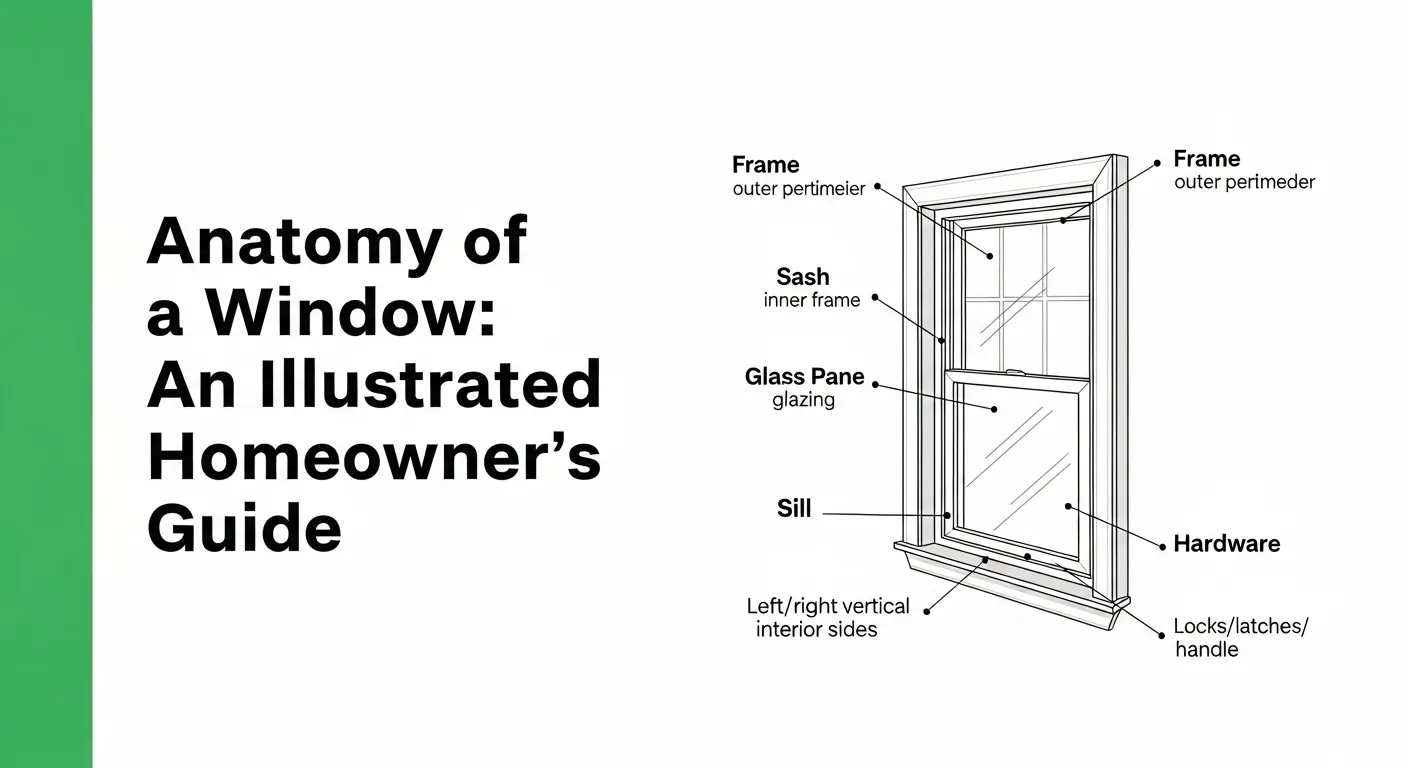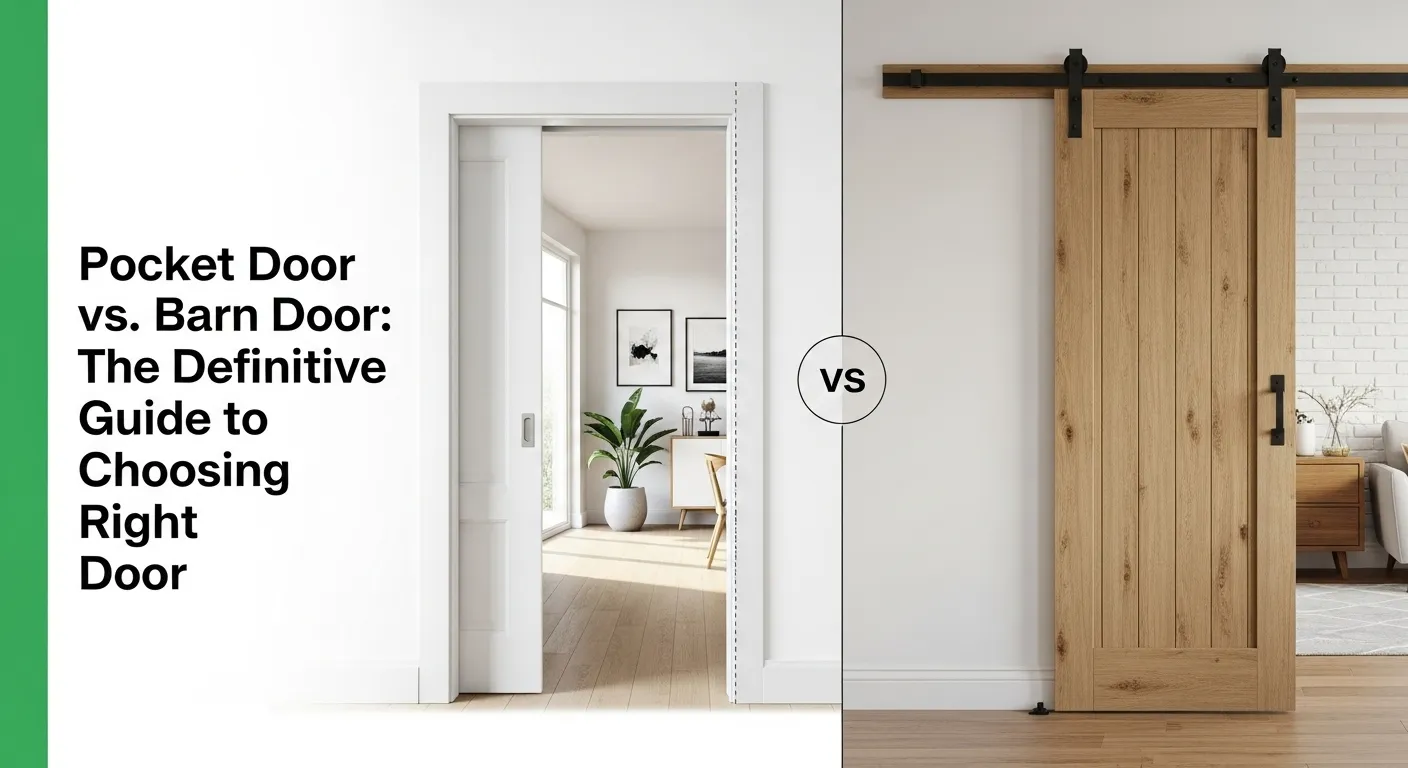Swing doors are the backbone of residential and commercial entries—simple, reliable, and endlessly adaptable. But the details matter: swing direction, handing, materials, hardware, and sizing all affect performance, security, and aesthetics.
What Is a Swing Door, and How Does It Work?
A swing door is a hinged door that opens by rotating on a set of hinges mounted along one vertical edge of the door panel.
- Origins: From early timber frames to modern fire‑rated assemblies, the swing door’s simplicity and ubiquity have made it the default interior and exterior door for centuries.
- Motion: A lever or knob retracts the latch so the panel can rotate inward (inswing) or outward (outswing).
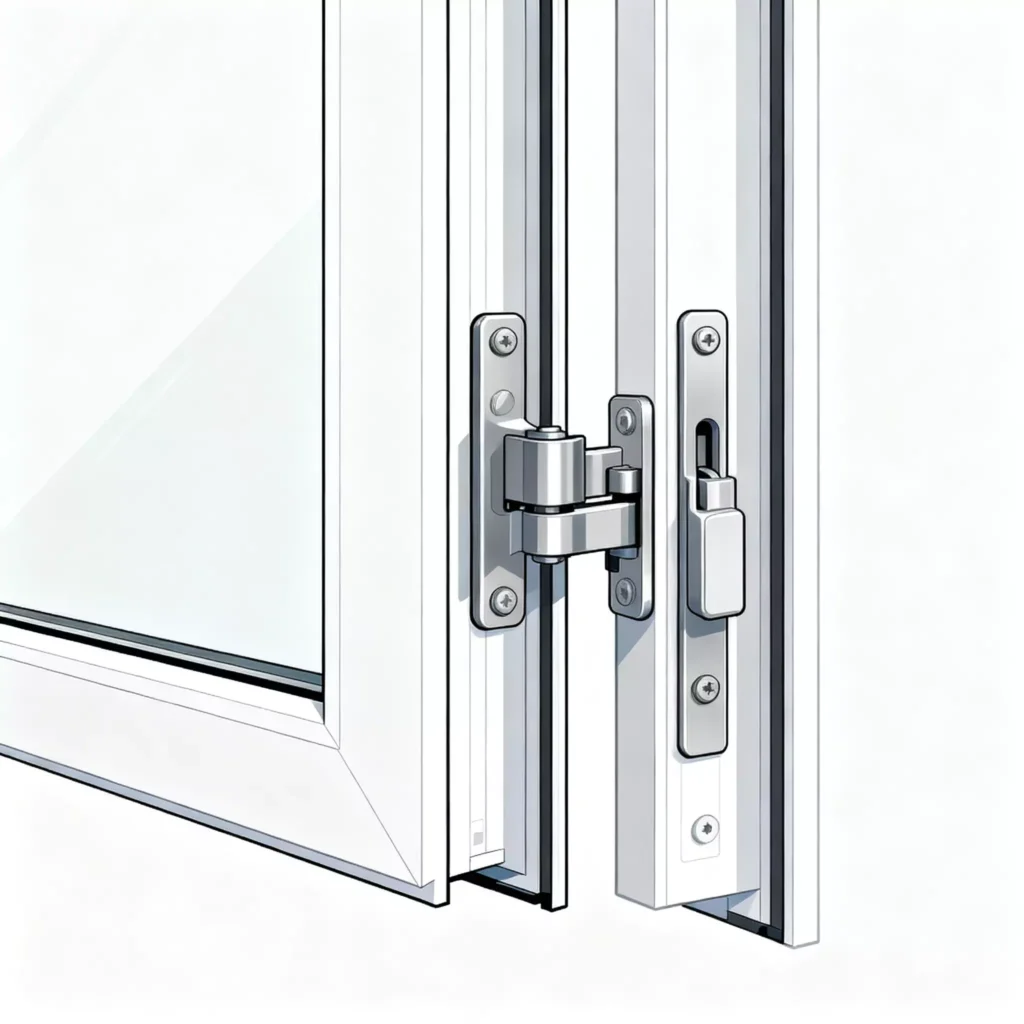
What Are the Core Components of a Swing Door System?
A swing door assembly includes the door slab, frame (jambs and head), hinges, latch/lock, handle or lever, strike plate, and weatherseals for exterior units.
- Door panel (slab): The moving leaf; can be flushed, paneled, or glazed.
- Frame (jambs, head, sill/threshold): Anchors the door to the wall; sets reveals and clearances.
- Hinges: Transfer weight and allow rotation (butt hinges are most common).
- Latch/lockset: Keeps the door closed and can secure it; see the full guide to door latch styles.
- Handle/knob/lever: Operates the latch; style and accessibility vary.
- Strike plate: Reinforces the latch/lock engagement on the frame.
- Weatherstripping and sweep (exterior): Seal out air, water, and noise; see Door Sill vs. Threshold.
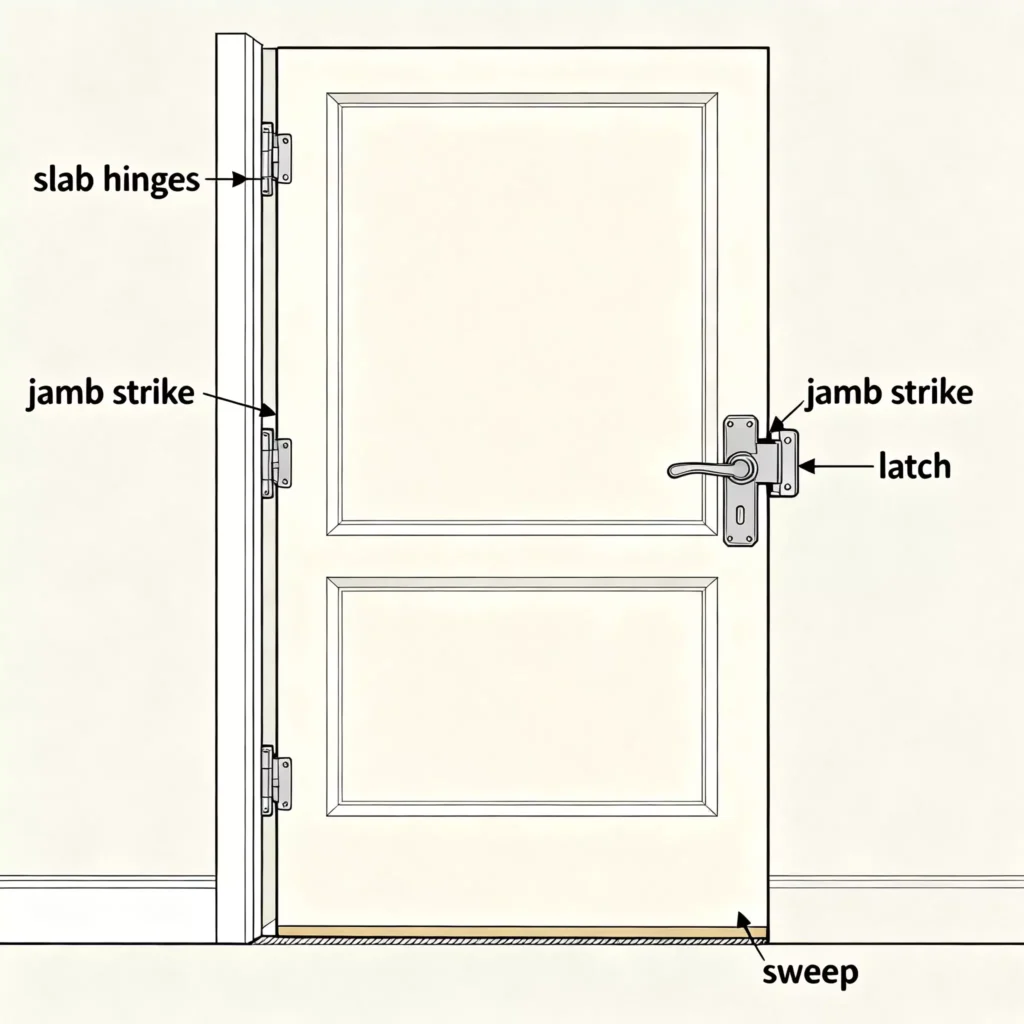
Which Swing Door Style Fits Your Space?
Choose based on opening width, desired aesthetics, and traffic patterns. Single-leaf is the standard; French, café, and pivot doors add function or drama.
What Is a Single‑Leaf Swing Door?
- The classic hinged door is used for bedrooms, baths, closets, and offices.
- Design options: flush, paneled, glazed lite, shaker, or modern slab.
- Best for: Openings up to ~36″ where privacy and simplicity matter.
What Are Double‑Leaf (French) Swing Doors?
- Two hinged leaves meeting at the center (with or without an astragal).
- Aesthetic: Light and elegant; can open wide to connect rooms or patios.
- Best for: Dining rooms, primary suites, and indoor‑outdoor transitions.
- Considering a patio upgrade? See French patio doors: inswing vs. outswing.
What Are Café (Saloon) Doors?
- Half‑height, double‑acting hinges allow swinging in both directions and self‑centering.
- Best for: Kitchens, bars, and laundry rooms where sightlines and quick pass‑throughs matter.
- Note: Limited privacy and sound control by design.
What Are Pivot Doors?
- Rotate on a pivot point offset from the edge, supported by floor and head pivots.
- Aesthetic: Large, sculptural, modern entries with ultra‑smooth motion.
- Best for: Featuring front doors and statement interiors; requires a robust structure.
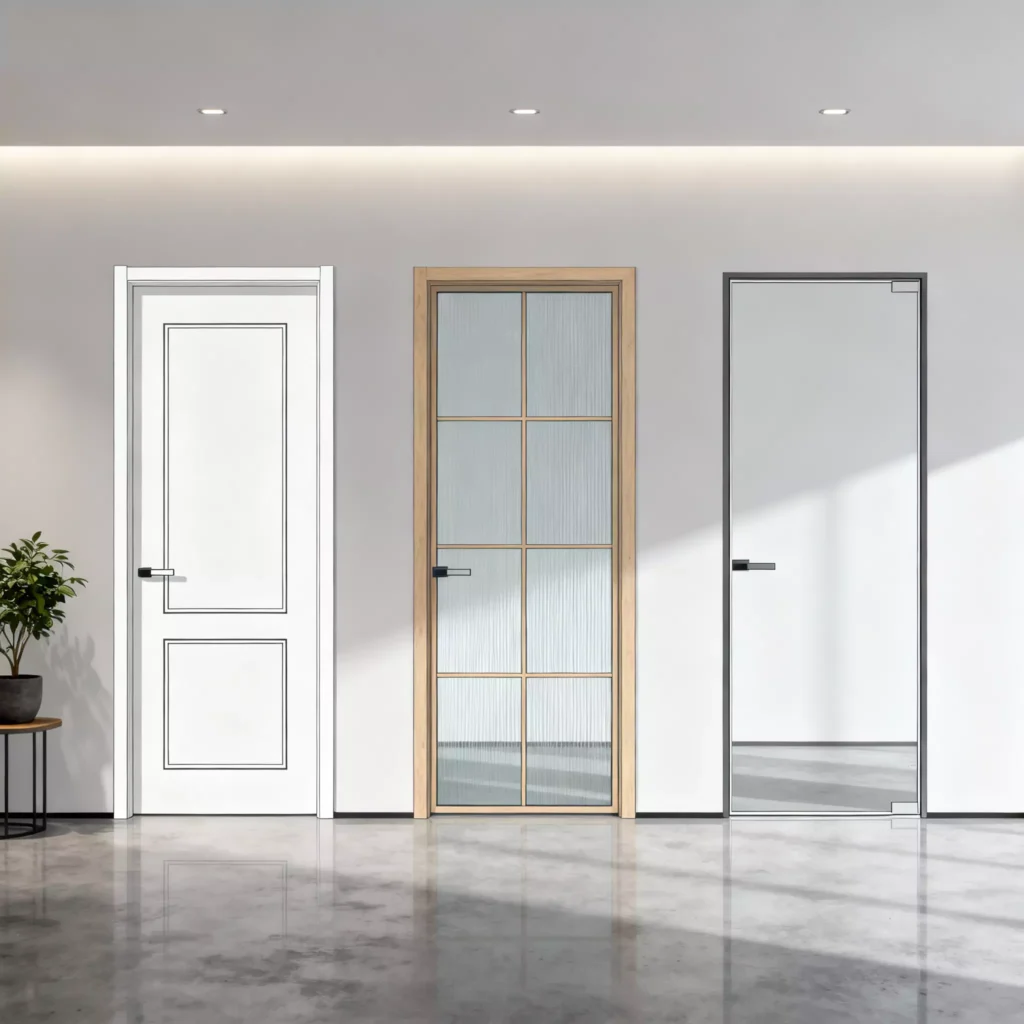
Inswing vs. Outswing: Which Should You Choose?
Inswing doors open inward and are typical for interiors. Outswing doors open outward and are common in hurricane zones and tight interiors; they can improve weather performance and egress in some cases.
What’s the Difference Between Inswing and Outswing Doors?
- Inswing: Hinges inside; easier weatherstripping at the head/jamb; requires interior floor clearance.
- Outswing: Hinges outside; better compression against exterior seals; requires exterior space and hinge security features.
Pros and Cons by Scenario
| Scenario | Inswing (Pros) | Inswing (Cons) | Outswing (Pros) | Outswing (Cons) |
|---|---|---|---|---|
| Exterior entry | Traditional look; hinges protected | More prone to wind‑driven rain under threshold | Better weather seal compression; space-saving inside | Hinges exposed (use security pins); needs exterior clearance |
| Small interior | Familiar swing arc | Consumes room space | Frees interior floor area | Can conflict with hallways/egress |
| Storm/high wind | Standard | Potential blow-in risk | Resists blow‑in; often code‑preferred regionally | Hardware/security planning required |
| Accessibility | Common thresholds | Larger interior arc | Easier wheelchair maneuvering in tight rooms | Exterior hazards must be clear |
Tip: For French patio doors, match swing to furniture layouts and climate;
How Do You Determine Door Handing (Left vs. Right)?
Stand on the side the door swings toward. If hinges are on your left, it’s left‑hand; if on your right, it’s right‑hand.
- Steps:
- Go to the “push” side (inswing: interior; outswing: exterior).
- Face the door. Note the hinge side.
- Hinges left: → Left‑Hand (LH). Hinges right: → Right‑Hand (RH).
- For double‑acting café doors, order pairs as LH/RH but confirm hinge kit orientation.
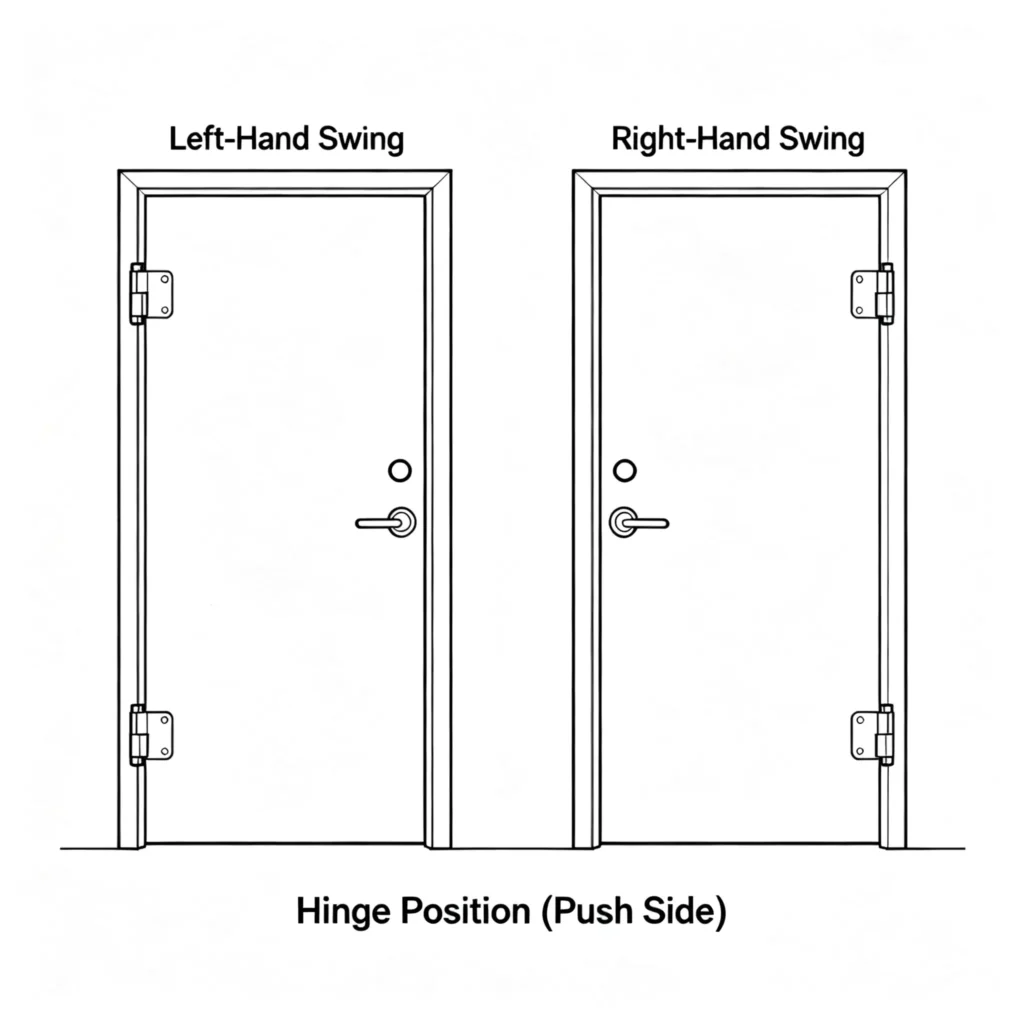
Which Swing Door Material Should You Choose?
Match material to location, climate, budget, and maintenance appetite. Wood is warm and customizable; steel is secure; fiberglass balances durability and energy; aluminum/glass is modern; uPVC is budget‑friendly.
Wood: What Are the Pros and Cons?
- Types:
- Solid wood: premium look, repairability, higher cost, and maintenance.
- Solid core: Good sound/feel; stable and cost‑effective.
- Hollow core: Light and affordable; best for interior spaces.
- Species: Oak (grained, durable), Pine (budget, paintable), Mahogany (rich tone, exterior‑ready with finish).
Steel: When Is It the Right Choice?
- Pros: security; fire rating options; low maintenance; slim modern profiles.
- Considerations: Can dent; conducts heat/cold; needs proper thermal breaks in cold climates.
Fiberglass: Why Is It a Popular Exterior Choice?
- Pros: Resists warping/rot; energy‑efficient; realistic wood‑grain skins; low maintenance.
- Considerations: Quality varies; invest in reputable brands and proper installation.
Aluminum and Glass: Where Do They Shine?
- Pros: Lightweight, corrosion‑resistant, slim frames, maximum daylight with insulated glass.
- Considerations: Best for modern aesthetics; thermal performance depends on frame breaks and glazing.
uPVC/Vinyl: Is It a Good Budget Option?
- Pros: Low cost, low maintenance, excellent insulation.
- Considerations: Limited color/finish longevity; expansion/contraction with temperature; hardware anchoring needs attention.
- Interested in custom configurations? Explore custom uPVC swing doors from Hotian.
At‑a‑Glance Material Comparison
| Material | Cost | Durability | Maintenance | Aesthetics | Energy Efficiency |
|---|---|---|---|---|---|
| Solid wood | $700–$2,000+ | High (with care) | Medium–High | Premium, timeless | Medium |
| Solid core (int.) | $100–$250 | High (interior) | Low | Feels solid, paintable | Medium |
| Steel (ext.) | $200–$600+ | High | Low | Modern/clean | Medium (with thermal break) |
| Fiberglass (ext.) | $300–$1,200+ | High | Low | Wood‑look or smooth | High |
| Aluminum/glass | $300–$1,000+ | High | Low | Ultra‑modern, slim | Medium–High (with glazing) |
| uPVC/vinyl | $300–$700 | Medium | Low | Simple, limited finishes | High |
How Do Swing Doors Compare to Sliding, Bifold, and Barn Doors?
Swing doors excel in privacy, security, and widespread availability. Sliding saves floor space; bifolds clear wide openings with small leaves; barn doors add style but trade sound/privacy.
Swing vs. Sliding Doors
- Swing pros: Better seal/privacy, easier security, wide hardware choices, and simple maintenance.
- Sliding pros: No swing arc; ideal for tight rooms; modern look; larger glass panels (patios).
- Use cases: Swing for bedrooms/baths; sliding for closets and compact areas.
Swing vs. Bifold Doors
- Swing pros: Full privacy, familiar operation, stronger latching.
- Bifold pros: Wide opening access with minimal clearance; great for closets/utility.
- Use cases: Choose bifold for laundry/closets; swing for rooms needing acoustic/privacy control.
Swing vs. Barn Doors
- Swing pros: Best for sound/light sealing and locks; better fire/smoke performance.
- Barn pros: Statement style; saves swing clearance; easier DIY install.
- Watchouts: Barn doors leak light/sound and are tricky for bathrooms/bedrooms if privacy matters.
Quick Reference: Which Door Type Fits Your Need?
| Priority | Best Choice | Why |
|---|---|---|
| Maximum privacy & lockability | Swing | Best seals; lock options |
| Zero floor swing | Sliding/Barn | No arc; wall or track mounted |
| Wide access to closet | Bifold | Large opening with small leaves |
| Modern statement entry | Pivot/Swing | Sculptural motion; secure |
| Budget & availability | Swing | Widest range of sizes and prices |
Related: See sizing norms in average door sizes.
How Are Swing Doors Installed and Maintained?
Proper framing, plumb/level installation, and correct weather sealing are essential. Maintain by cleaning, lubricating hinges, adjusting latches/strikes, and checking seals seasonally.
What Are the Basics of Swing Door Installation?
- Overview:
- Please verify the rough opening and ensure it is plumb,
- Set the frame, shim the hinges, strike the side, and fasten through the shims.
- Hang the slab, set reveals, and install hardware and weatherseals (exterior).
- Exterior: Professional installation recommended for security, threshold sealing, and code compliance.
How Do You Maintain a Swing Door for Longevity?
- Cleaning: Use non‑abrasive cleaners suited to the material/finish.
- Hinges: Lubricate annually with silicone or light oil; tighten screws.
- Seasonal tweaks: Adjust strike plate if sticking; replace worn weatherstrip or sweep.
- Drafts/squeaks: Weatherstrip and hinge lubrication; see Door Sill vs. Threshold for sealing details.
Which Hardware Options Should You Consider?
- Hinges: Butt (standard), continuous/piano (full‑length support), and pivot (specialty).
- Operable sets: Knobs/levers (passage, privacy, entry), deadbolts, smart locks.
- Latches: spring, deadlatch, and mortise.
- Energy: Compression weatherstripping, door sweeps, and insulated cores improve performance.
Why Choose Swing Doors?
They balance design flexibility, security, insulation, and cost—a practical default that suits most rooms and entries.
- Design flexibility and timeless appeal: from classic paneled to sleek flush, wood to metal and glass.
- Security and insulation: Robust lock options and tight seals, especially on outswing/fiberglass/steel.
- Ease of use and accessibility: Familiar operation; levers support universal design.
- Cost‑effectiveness and availability: Broad selection, standard sizes, and easy hardware sourcing.
Frequently Asked Questions (FAQs)
What is the standard size of a swing door?
Can a swing door be fire‑rated?
How much does it cost to install a swing door?
Are outswing doors less secure?
How can I make my swing door more energy‑efficient?
Find the Perfect Swing Door for Your Project
Swing doors remain the most versatile and secure option for homes and businesses. Decide your swing direction and handing, choose a material that fits your climate and style, and spec hardware that meets your security and comfort goals.
- Ready to customize? Explore custom swing vinyl doors from Hotian.
- Are you considering upgrading your patio? Compare French patio doors: inswing vs. outswing.
